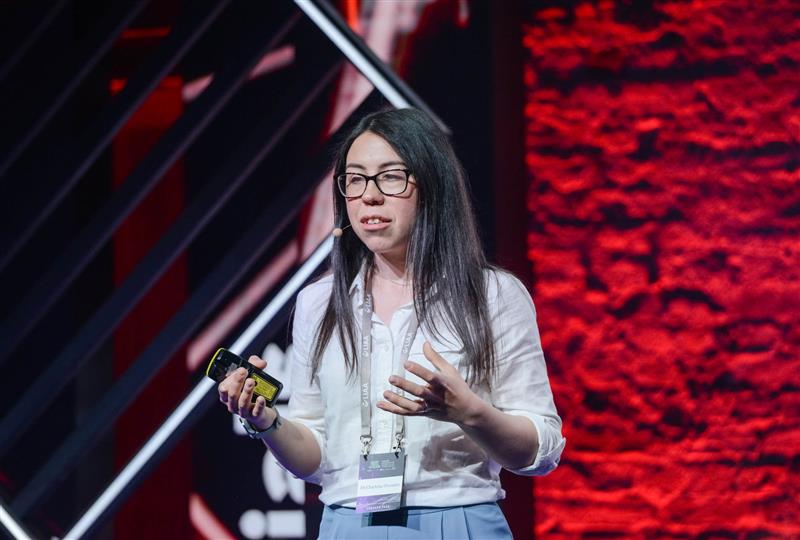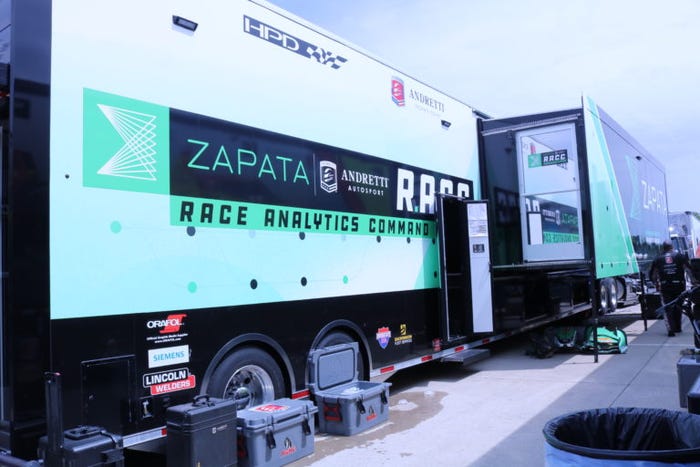
Connects decision-makers and solutions creators to what's next in quantum computing
Q&A with Aegiq lead engineer Charlotte Ovenden

Aegiq, a Sheffield University spinout, uses its single-photon and integrated quantum optics platform to build a new generation of networking and computing with quantum technology. One of its applications is quantum key distribution (QKD), a secure communication method using quantum mechanics.
In this Q&A, Aegiq lead engineer Charlotte Ovenden discusses how QKD can protect against the threat of future quantum computers breaking encryption on secure communications and why there is a gender imbalance in quantum technology.
Enter Quantum: What does Aegiq do and what is your role?
Charlotte Ovenden: We make single-photon sources for quantum key distribution (QKD). We use a quantum dot platform, which is slightly different from some of the other kinds of quantum-computing-based companies. We produce secure quantum bits for network or satellite communication.
I'm a quantum photonics engineer. Aegiq is a hardware company, and a lot of my work is designing the platforms we use, designing structures and how we make quantum dots.
What is the link between QKD and quantum computing and why is it important?
Quantum key distribution doesn't rely on computing speed for whether it can be broken or not; because of the laws of physics, it's intrinsically safe. It means that even if, 50 years down the line, you have a super-fast quantum computer, it doesn't matter.
How is Aegiq’s QKD technology preparing for post-quantum cryptography?
QKD is happening now, which is very exciting. We already have the IP in place for our platform, and it's already been demonstrated in our labs at the university. We're transferring that into a commercial space and scaling up. With the “harvest now and kind of decrypt later” risk to secure communication, companies could implement QKD that protects that data now. They must do that so when quantum computing comes in, they're not in danger.
There is an apparent gender imbalance in quantum technology. Why is that and what could be done to encourage more women?
To break it, we need to understand it better. With girls and women studying physics, the gap begins at A-level and carries on through this “leaky pipeline”, where you have all these little steps where you're losing people along the way, and you end up with very few women. Different things cause it to happen early and later.
Our company makes family life a priority and there's a lot of flexibility, which are things that help women enter the quantum space.
More people are now hearing about quantum in the media and it's very exciting, so I'm hoping young girls and women become very interested in it and read all about it.
About the Author(s)
You May Also Like
.png?width=100&auto=webp&quality=80&disable=upscale)
.png?width=400&auto=webp&quality=80&disable=upscale)




